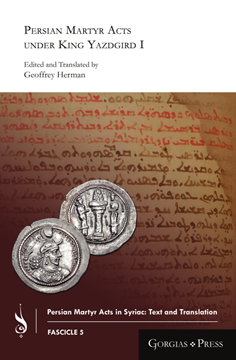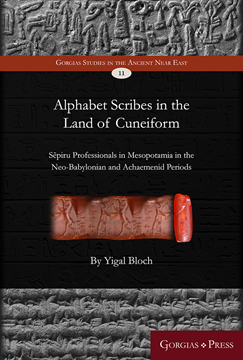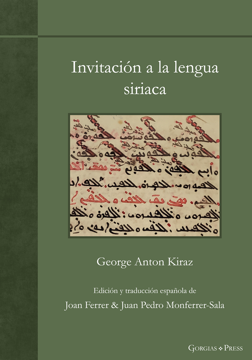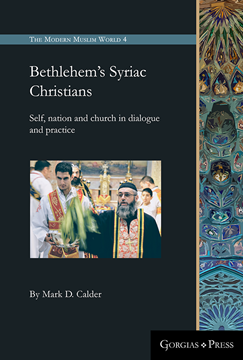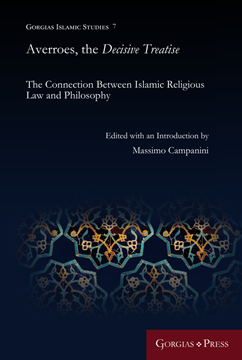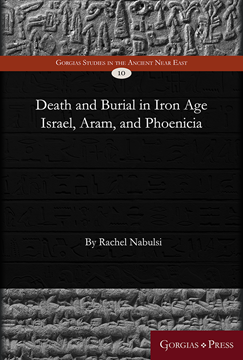Persian Martyr Acts under King Yazdgird I
Edited and Translated by Geoffrey Herman
ISBN: 978-1-4632-0623-9
This volume presents five vivid tales of Christian martyrs from the fifth century. These accounts thematize the conflict between the martyrs' identity as Persian subjects loyal to the Zoroastrian king and their devotion to Christianity.
$36.00 (USD) $21.60 (USD)
American Journal of Ancient History 1.1
Edited by Ernst Badian
Series: American Journal of Ancient History 1.1
ISBN: 978-1-4632-0625-3
The historic American Journal of Ancient History. This volume contains three articles: Hunter R. Rawlings III, 'Antiochus the Great and Rhodes 197-191 B.C.', Erich S. Gruen, 'Class Conflict and the Third Macedonian War', and W.R. Connor, 'Nicias the Cretan? (Thucydides 2.85.4-6)'.
$50.00 (USD) $30.00 (USD)
American Journal of Ancient History 1.2
Edited by Ernst Badian
Series: American Journal of Ancient History 1.2
ISBN: 978-1-4632-0626-0
The historic American Journal of Ancient History. This volume contains three articles: Frank J. Frost, 'Tribal Politics and the Civic State', Susan Treggiari, 'Jobs for Women', E. Badian, 'Rome, Athens and Mithridates'.
$50.00 (USD) $30.00 (USD)
American Journal of Ancient History 1.3
Edited by Ernst Badian
Series: American Journal of Ancient History 1.3
ISBN: 978-1-4632-0627-7
The historic American Journal of Ancient History. This volume contains 7 articles: K.R. Walters, 'The 'Ancestral Constitution' and Fourth-Century Historiography in Athens', David Daube, 'Martial, Father of Three', A. Kasher, 'The Jewish Attitude to the Alexandrian Gymnasium in the First Century A.D.', D. R. Shackleton Bailey, 'A Merging of Licinii Crassi', A. B. Bosworth, 'Early Relations Between Aetolia and Macedon', Robert A. Moysey, 'The Date of the Strato of Sidon Decree (IG II2 141), and Robert J. Rowland, Jr, 'Nero's Consular Colleagues: A Note'.
$50.00 (USD) $30.00 (USD)
Religious Culture in Late Antique Arabia
Selected Studies on the Late Antique Religious Mind
Edited by Kirill Dmitriev & Isabel Toral-Niehoff
Series: Islamic History and Thought 6
ISBN: 978-1-4632-0630-7
This volume explores aspects of religious culture in the Eastern Mediterranean and the Arabian Peninsula across Late Antiquity – the period of dynamic and historically crucial developments, culminating in the emergence of Islam. While it would be impossible to provide an exhaustive examination of the topic in a single volume, it is the main aim of this book to further stimulate scholarly research on the Late Antique context of the origins of Islam and the history of early Arab-Muslim culture.
$176.00 (USD) $105.60 (USD)
Alphabet Scribes in the Land of Cuneiform
Sēpiru Professionals in Mesopotamia in the Neo-Babylonian and Achaemenid Periods
By Yigal Bloch
Series: Gorgias Studies in the Ancient Near East 11
ISBN: 978-1-4632-0635-2
This book treats the alphabet scribes in Mesopotamia in the Late Babylonian period (6th-5th centuries BCE). Bloch defends the understanding of the term sēpiru as a designation of alphabet scribes, discusses the functions of sēpiru professionals in Babylonia, and discusses their ethnic origins, with special attention to the participation of Judeans in Babylonia in this profession. The monograph includes translations of over 100 Late Babylonian economic, legal, and administrative documents.
$198.00 (USD) $118.80 (USD)
Invitación a la lengua siriaca
Series: Gorgias Handbooks 36
ISBN: 978-1-4632-0636-9
A Spanish translation of George Kiraz's popular New Syriac Primer. This fruitful integration of scholarly introduction and practical application provides a primer that is more than a simple grammar or syntactic introduction to the language. Written in a style designed for beginners, Kiraz avoids technical language and strives for a reader-friendly inductive approach.
$48.00 (USD)
Bethlehem's Syriac Christians
Self, nation and church in dialogue and practice
Series: The Modern Muslim World 4
ISBN: 978-1-4632-0637-6
An anthropological study of Syriac Orthodox Christian identity in a time of displacement, upheaval, and conflict. For some Syriac Orthodox Christians in Bethlehem, their self-articulation - the means by which they connect themselves to others, things, places and symbols - is decisively influenced by their eucharistic ritual. This ritual connects being siryāni to a redeemed community or 'body', and derives its identity in large part from the Incarnation of God as an Aramaic-speaking Bethlehemite.
$162.00 (USD) $97.20 (USD)
Averroes, the Decisive Treatise
The Connection Between Islamic Religious Law and Philosophy
Edited with an Introduction by Massimo Campanini
Series: Gorgias Islamic Studies 7
ISBN: 978-1-4632-0638-3
The Decisive Treatise is perhaps the most controversial work of Averroes (Ibn Rushd, 1126-1198) and belongs to a trilogy which boldly represent the philosophical contribution to Islamic theology of this famous Andalusian commentator on Aristotle. The Decisive Treatise is a fatwa (a legal opinion) that the judge, Averroes, promulgated for his fellow Malikite jurists in order to demonstrate that the study of philosophy is not only licit from the point of view of religious law, but even mandatory for the skilled people. However, many subjects are dealt with in this comparatively short book: An epistemology aimed to show that philosophical truth and religious truth are not in contradiction; a sociology of knowledge pointing out that humans are classified in three classes (philosophers, theologians, common folk); a Qur’anic hermeneutics suggesting how to approach philosophically the Holy Book in agreement with religious requirements and linguistic rules.
$117.00 (USD) $70.20 (USD)
Death and Burial in Iron Age Israel, Aram, and Phoenicia
Series: Gorgias Studies in the Ancient Near East 10
ISBN: 978-1-4632-0640-6
Death and Burial uses archaeological and textual evidence to examine death and burial in Iron Age Israel and Aram. Despite dramatic differences in the religious systems of these peoples, this monograph demonstrates striking connections between their basic material and psychological frameworks for dealing with death.
$182.00 (USD) $109.20 (USD)
